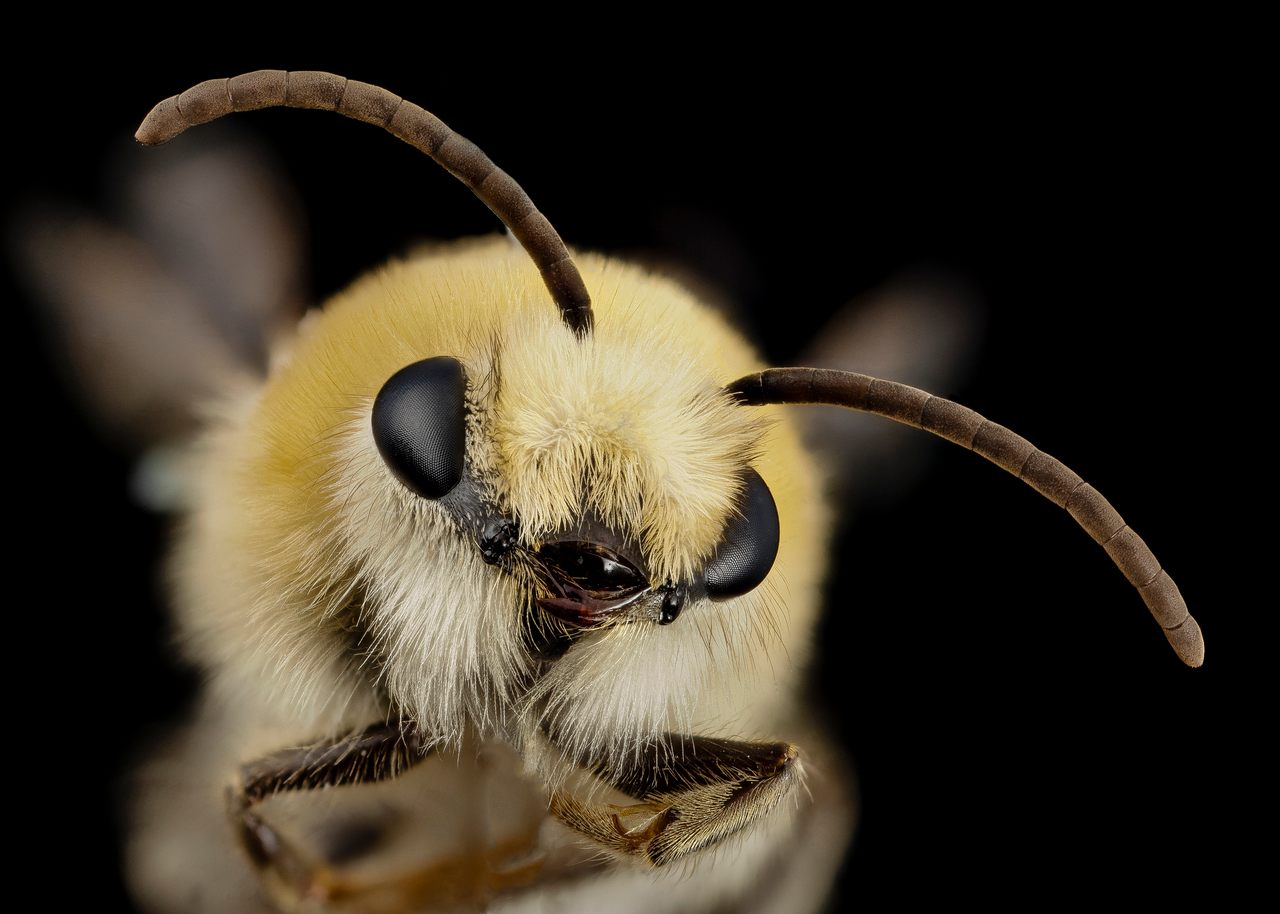I’ve been really happy with the following lately:
16g:275ml coffee:water, coffee ground on the fine side of medium. Wet paper filter, 205 degrees Fahrenheit water, conventional brew, 10 minute extraction, swirl to settle grounds to bottom of the press, and a gentle plunge.
It’s considerably more work than a prismo recipe, but I think its well worth it

What in the world is this contraption?! Never seen or heard of this!
I. Am. So. EXCITED RIGHT NOW! I get to introduce you to a new thing! The AeroPress is a coffee maker that combines several different brew methods. It was originally designed by aerospace engineer, Alan Adler. Adler is an inventor with many inventions credited to him. His two most famous inventions are the Aerobie flying disc, which holds the record for longest thrown object, and this, the AeroPress coffee brewer.
The AeroPress was invented out of the desire to have a low waste, easy to use, single cup coffee brewer. According to Adler’s recipes, you can make coffee for four people using one by simulating the bypass that pour over recipes experience by adding hot water once the brew is complete (like an Americano). Most home brewers though, have taken to… Slightly different approaches from Adler’s recommended recipe.
And there inlies one of the reasons the AeroPress has become very popular worldwide. There’s a littany of different recipes you can use to make a delicious (and rich) cup of coffee. The other reason is that for a long time, the device was less than $30, and came with everything you needed (and more) to brew coffee using it for a full year. Unfortunately, the new company who now owns AeroPress has reduced the amount of accessories that come with the brewer and increased the price by $10, thus making it a much less attractive value proposition. However, I still do think it’s a noteworthy coffee making device because I haven’t found another brewer that makes coffee with quite the taste and mouthfeel that my favorite recipes acheive.
So… That’s a lot about the history of the AeroPress, except for that I didn’t mention that the prototype version was an elephant syringe, but nothing about how it works. At its base, the brewer blends several coffee making processes into a 4-10 minute window (depending on the recipe you like). First, you put in your coffee grounds and your water, and some of the water will run through the grounds into the cup, much like a traditional drip brewer. In fact, if you omit the plunger from the device, it will slowly drip through the grounds and make a (relatively ungood) cup of coffee.
Once you insert the plunger, you switch to an immersion brew, much like a French press. It is during this phase that the bulk of the flavor and caffeine extraction will occur. Finally, when you press down on the plunger, you are performing a percolation style brew (think a lower pressure version of a Moka Pot or espresso machine).
Finally, I think I would be doing you a disservice by not mentioning the community that has grown around this little device. There’s an annual competition called The World AeroPress Championship. It stands in contrast from the World Brewers Cup and The World Barista Competition in that the judging is done purely on “Did your coffee taste good.” Further, there is a litany of third party, aftermarket products available as attachments, integrations, and just general useful gadgetry.

Just riding your coat tails to point out another fun tidbit about the Aeropress, which is that it’s very portable! I pack mine anytime I travel, and there are even a few hand-crank grinders that will fit nicely into the Aeropress cylinder itself - so that all you need are tasty beans and hot water!
I’ve tried lots of great local coffees just by hitting up the local grocery stores or coffee houses, and brewing them up at our hotel or BnB!

You’re one of today’s lucky 10,000

10 minutes extraction seems a bit long, no?
I go for a light roast, 14g with 250ml water (boiling). 2 minutes extraction, swirl, 30 seconds for settling and then the plunger goes down over the course of another 30 seconds.
It is indeed long! Its the gange long extraction (inspired) method. It’s based on the observation that flavor changes experience deminishing returns beyond four minutes, but for home brewers, the time pressures of a cafe setting do not apply. The result is that if you’re patient, you can experience q considerably different coffee at 10 minutes vs 4, even if 6 doesn’t seem significantly different from 4.
My personal experience is that 10-15 tastes about the same, but beyond 15 you’re entering into poor tasting overextracted coffee. When I want coffee semi immediately 2-4 tends to be my zone

I might just give it a try. I just used Hoffman’s recipe and it gives me a consistent tasting coffee, so I’m happy. But why not try different things, right?
Truly the greatest joy of having a coffee maker that started out as a mad science experiment

